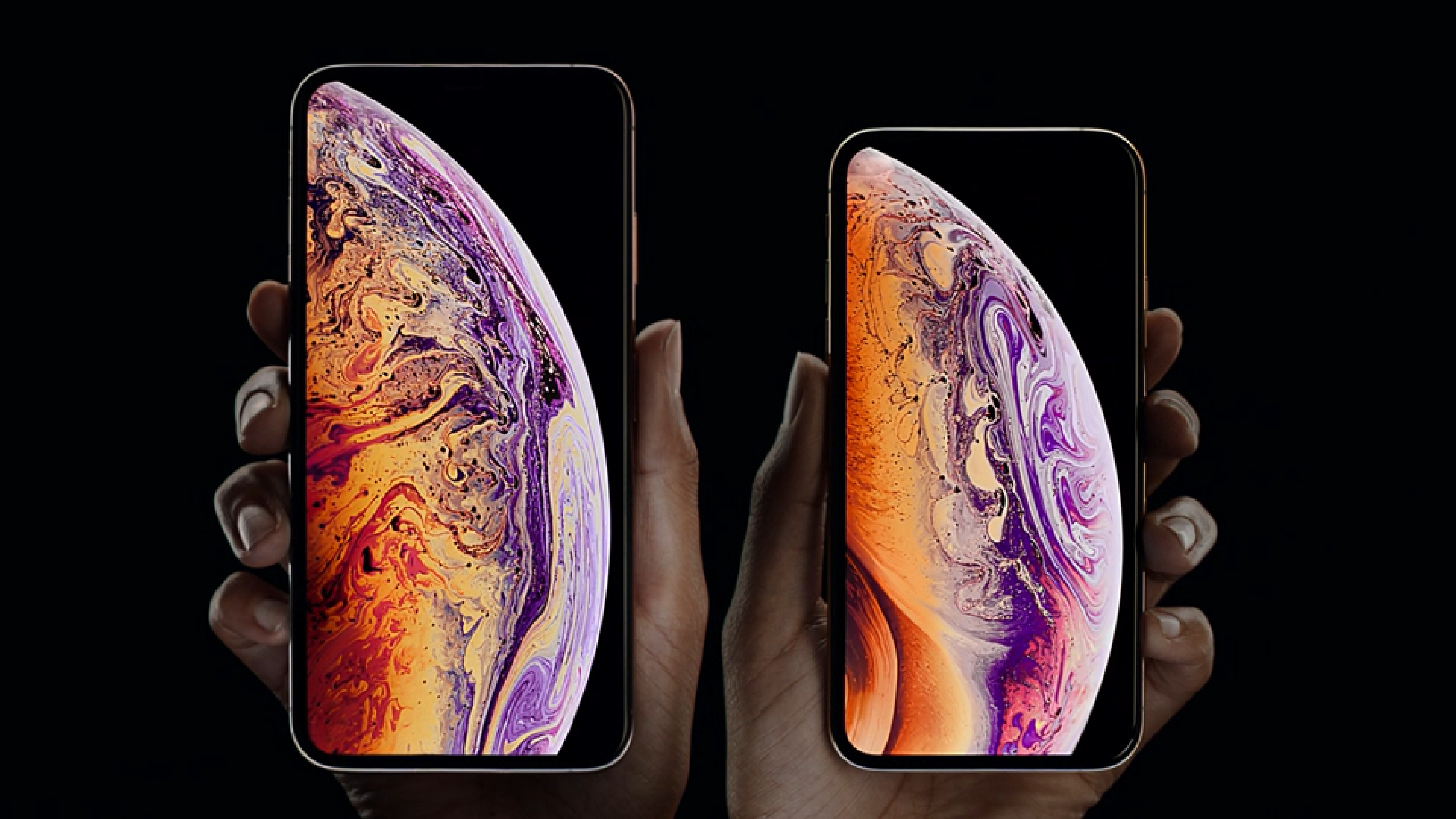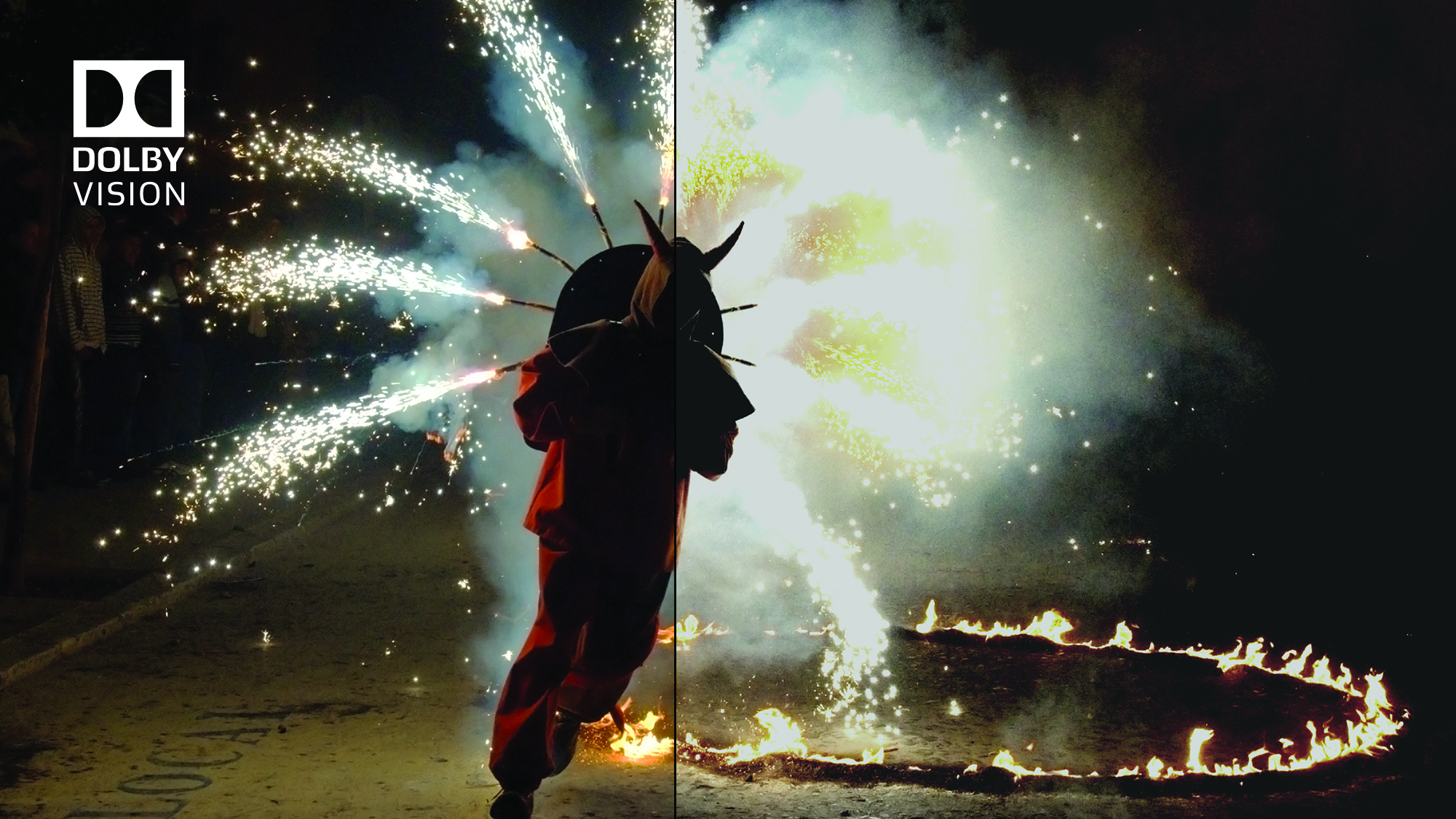
Good news: Watching Netflix on your new iPhone is going to get even better when the new iPhone XS and iPhone XS Max hit on September 28.
That’s because, if you watched the Apple keynote this afternoon, you might’ve heard that the new iPhone XS and iPhone XS Max will support Dolby Vision alongside traditional HDR10 – two types of HDR formats that have taken the TV world by storm. And while Apple brushed over this capability during the keynote, it’s actually a feature that can make your binge-watching much, much better.
The technology, which we’ll go over in all its colorful detail in just a minute, works in tandem with the phone’s Super Retina OLED display with a 2436 x 1125 resolution – but, to really make all those pixels shine their brightest, they’ll need the best visual data. That’s where Dolby Vision comes in.
What’s Dolby Vision?
If you talk to Dolby, the pioneers in audiovisual technology based in San Francisco, they’ll tell you that Dolby Vision is an ecosystem – a process that begins with filmmakers and color graders, before the films are sent to services like Netflix, Vudu and iTunes, and eventually wind up on your display.
The TL;DR version is that Dolby Vision equals better, brighter and more colorful video.
While this grandiose … ahem, vision … is a beautiful description of a more convoluted process, the TL;DR version is that Dolby Vision equals better, brighter and more colorful video.
For Dolby Vision to do its magic, you need two things: Dolby Vision content and a Dolby Vision-compatible display. The iPhone XS and iPhone XS Max, like the iPhone X before it, are Dolby Vision displays, meaning that they can receive Dolby Vision data from a streaming service that offers Dolby Vision content, like Netflix, Vudu and iTunes.
Of course, content isn’t free – especially when it’s content in Dolby Vision.
Sign up for breaking news, reviews, opinion, top tech deals, and more.
For Netflix, you’ll need to pay extra for the premium tier subscription that offers 4K HDR streaming. In iTunes and Vudu, you’ll need to spring for the 4K HDR versions of films over the regular HD SDR version – a price difference of a few bucks usually.
The reward for your effort is Dolby Vision.

Why is Dolby Vision worth it?
Imagine the worst TV you possibly can and the images it produces. They’re probably grainy, flat and lack any detail in the brightest and darkest parts of the image. They make watching horror films impossible because you can’t see what’s going on and shows like Altered Carbon look like Blade Runner on VHS. In short, a bad display (and bad content) don’t make for a great viewing experience.
What Dolby Vision offers is better color, or more accurately, a wider color palette. Dolby Vision also supports a higher peak brightness up to 10,000 nits. iPhones can’t hit that lofty standard just yet, often only displaying up to 800 or so nits at peak brightness, but the extra brightness helps with the last category, contrast. Contrast is the difference between the brightest part of the screen and the darkest, and with an OLED screen and Dolby Vision content, you can span the entire range with ease.
The other neat component to Dolby Vision is that all this visual data isn’t static – but rather adapts to the display itself and the content to display the optimal image in a given situation. That means instead of setting parameters of, say, a peak brightness at all times of 600 nits and a color space that includes a few thousand colors, Dolby Vision can change peak brightness and available colors on a scene-by-scene basis.
Without Dolby Vision or HDR10, you'd have to watch content in basic SDR – and while that's fine for people who don't mind blasé colors and hard-to-watch night scenes, Dolby Vision on iPhone X, XS and XS Max offers something better.
- Want to upgrade your TV? Here are the best 4K TVs of 2018

Nick Pino is Managing Editor, TV and AV for TechRadar's sister site, Tom's Guide. Previously, he was the Senior Editor of Home Entertainment at TechRadar, covering TVs, headphones, speakers, video games, VR and streaming devices. He's also written for GamesRadar+, Official Xbox Magazine, PC Gamer and other outlets over the last decade, and he has a degree in computer science he's not using if anyone wants it.